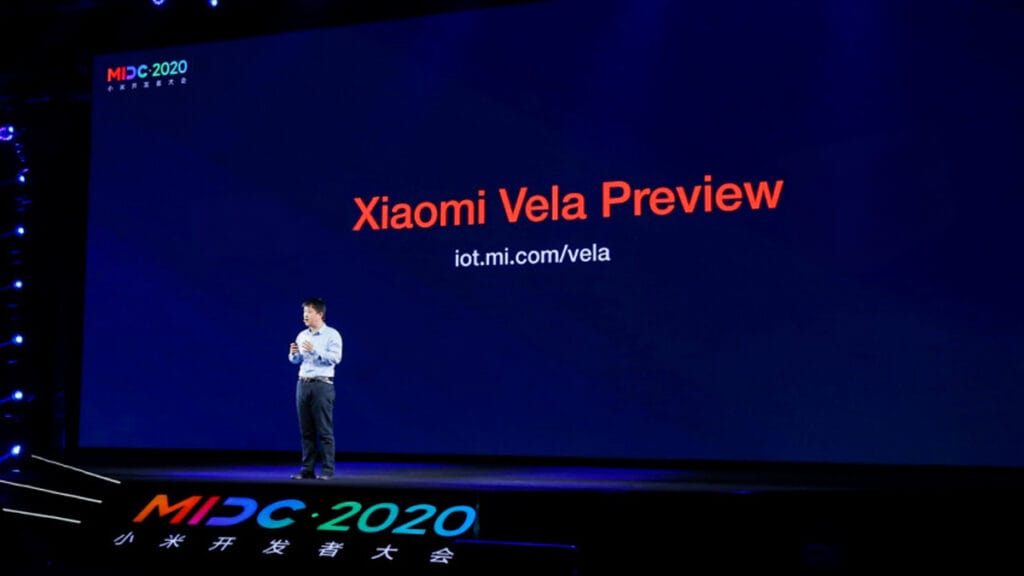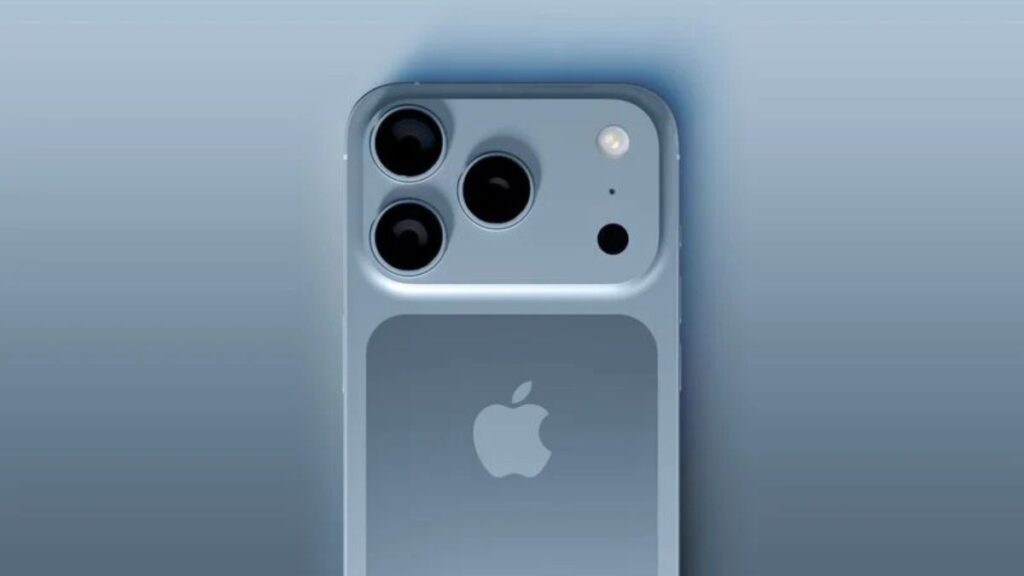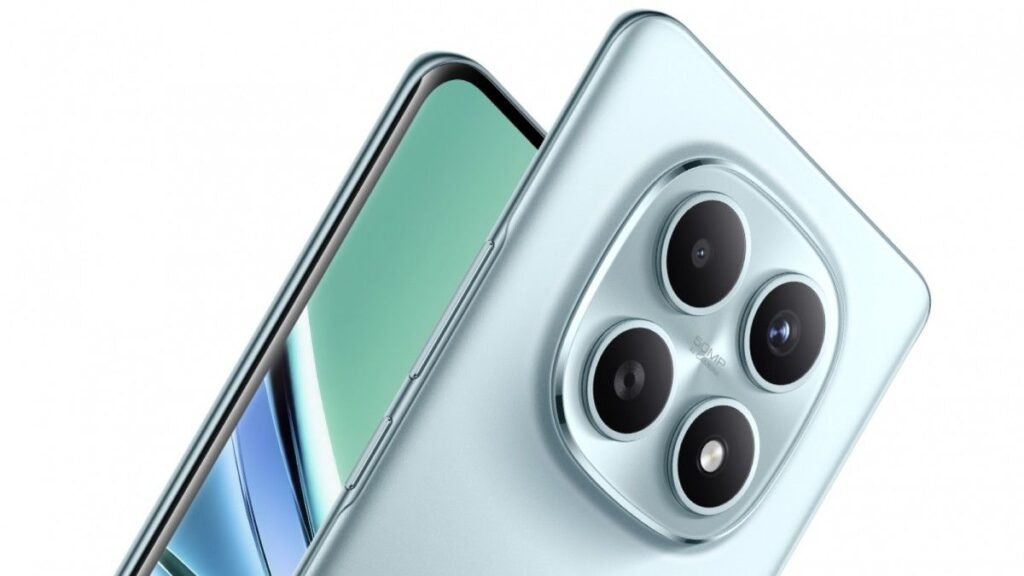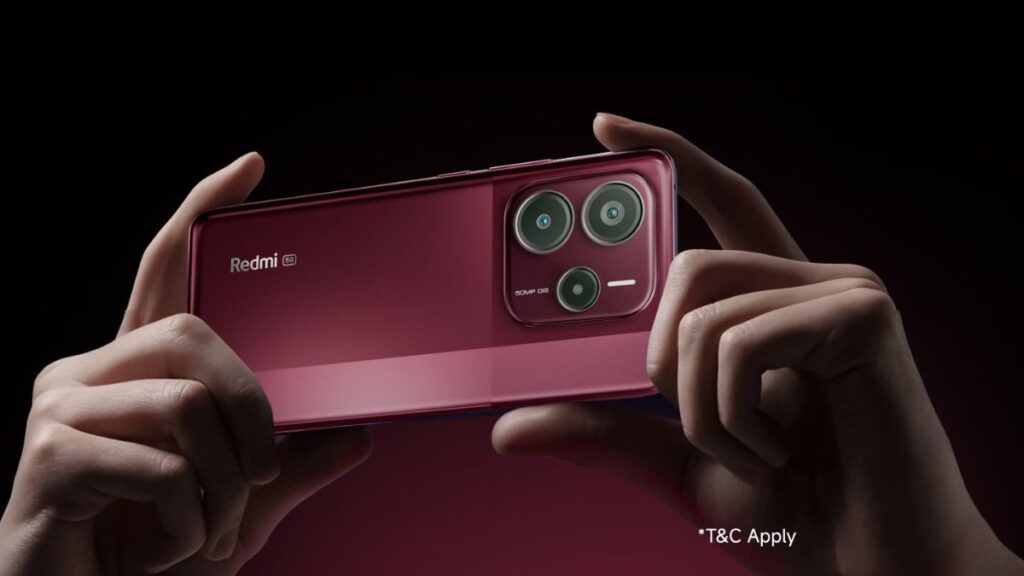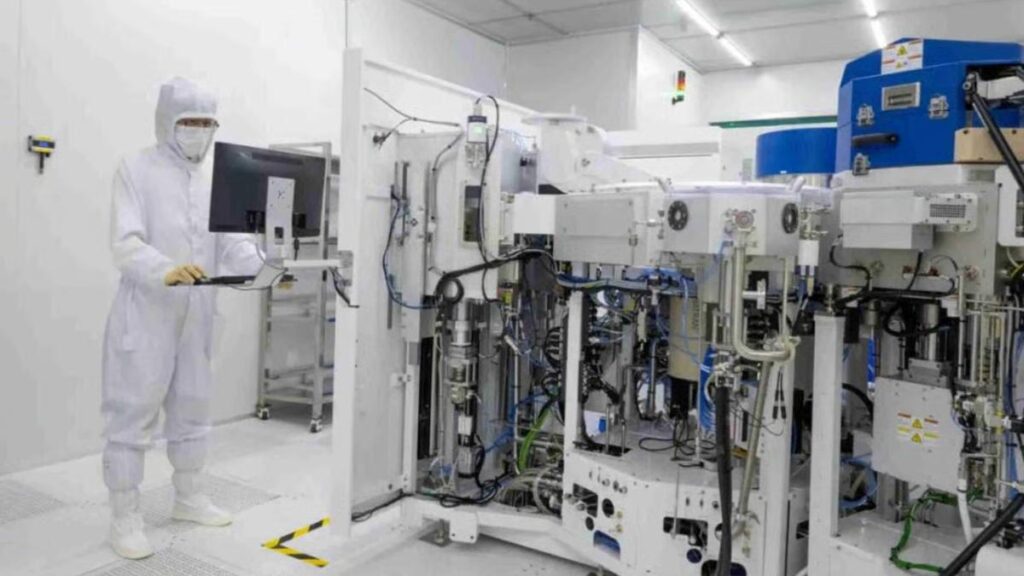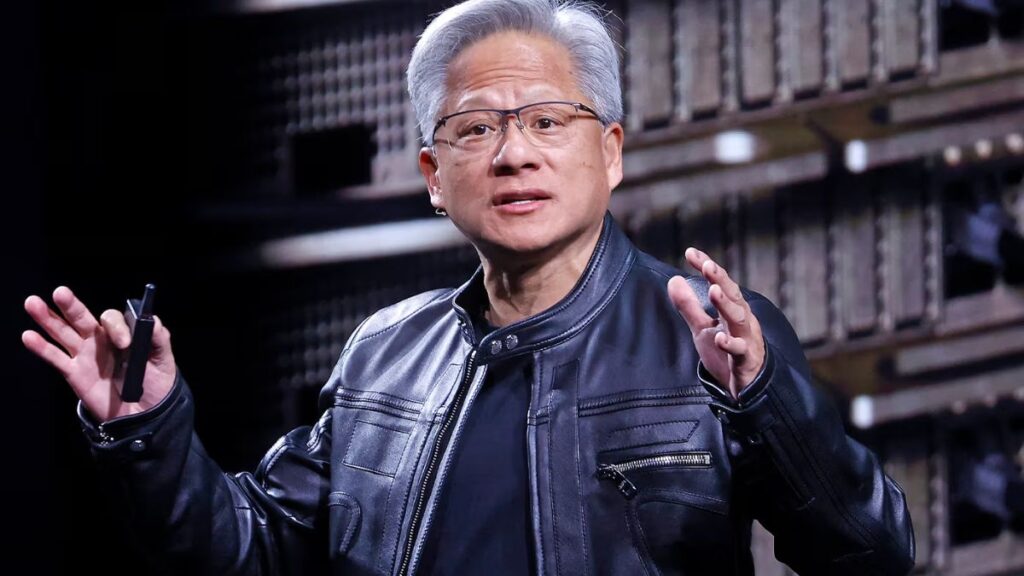Xiaomi Vela is a cutting-edge IoT software platform designed to unify fragmented AIoT technologies under one roof. Launched in 2020, Vela is built on the open-source embedded operating system NuttX and aims to simplify development by abstracting underlying hardware complexities.
The platform consists of three main layers: the NuttX Kernel, Developer Tools, and the Vela Application Framework. The NuttX Kernel handles basic OS functions such as task scheduling, cross-platform communication, and file systems.
The Developer Tools provide a comprehensive set of tools for developers to create applications. The Vela Application Framework includes system services like OTA updates, GUI, local storage, and scripting languages.Xiaomi Vela supports various chip platforms and can run on IoT devices, unifying different MCU hardware, software, and communication protocols.
The company aims to support all application scenarios and build an infrastructure for the IoT industry.The platform has already gained significant traction, with over 271 million IoT devices and 3800 partners working on the AIoT platform. Xiaomi has officially opened the preview program for Vela, inviting IoT companies, chip vendors, and developers to join.
In recent updates, Xiaomi has announced ambitious plans for Vela, promising improved user experience and the development of HyperOS, a new operating system designed to further enhance the platform’s capabilities.
With its innovative approach and extensive support, Xiaomi Vela is poised to revolutionize the IoT industry and shape its future.
Xiaomi Vela FAQ
- What is Xiaomi Vela?
- Xiaomi Vela is a unified software platform designed to simplify IoT development and unify fragmented AIoT technologies.
- What is the NuttX Kernel?
- The NuttX Kernel is the foundation of the Vela platform, handling basic OS functions such as task scheduling, cross-platform communication, and file systems.
- What are the key components of the Vela platform?
- The key components include the NuttX Kernel, Developer Tools, and the Vela Application Framework, which includes system services like OTA updates, GUI, local storage, and scripting languages.
- What chip platforms does Vela support?
- Vela supports various chip platforms and can run on IoT devices, unifying different MCU hardware, software, and communication protocols.
- What is the current status of Vela?
- Vela has gained significant traction, with over 271 million IoT devices and 3800 partners working on the AIoT platform. Xiaomi has officially opened the preview program for Vela, inviting IoT companies, chip vendors, and developers to join.
- What are the future plans for Vela?
- Xiaomi has announced ambitious plans for Vela, promising improved user experience and the development of HyperOS, a new operating system designed to further enhance the platform’s capabilities.
- How can I get involved with Vela?
- Xiaomi has officially opened the preview program for Vela, inviting IoT companies, chip vendors, and developers to join and contribute to the platform’s development.
- What are the benefits of using Vela?
- Vela simplifies IoT development by abstracting underlying hardware complexities, making it easier for developers to create applications. It also supports various chip platforms and can run on IoT devices, unifying different MCU hardware, software, and communication protocols.
- What is HyperOS?
- HyperOS is a new operating system designed to further enhance the capabilities of the Vela platform, promising improved user experience and enhanced performance.
- What is the future of IoT with Vela?
- With its innovative approach and extensive support, Xiaomi Vela is poised to revolutionize the IoT industry and shape its future.
